Diabetes
Adding Liraglutide To SGLT2i And Metformin Regimen Improves Glycemic Control
A post-hoc analysis published in ‘Diabetes, Obesity and Metabolism’ found that liraglutide + sodium-glucose cotransporter-2 inhibitors (SGLT2is) ‡ metformin significantly improved glycaemic control among specified baseline factors. The data for this analysis included 303 participants and aimed to check whether the efficacy of liraglutide 1.8 mg in addition to SGLT2i + metformin was dependent on five baseline characteristics (glycated hemoglobin or hemoglobin A1C (HbA1c), body mass index, duration of diabetes, duration of pre-trial SGLT2i use and Homeostatic model assessment of insulin resistance).
Following were the key findings:
- Liraglutide 1.8 mg would provide an effective treatment intensification option irrespective of a broad range of the specified baseline values, including HbA1c, body mass index, duration of diabetes, duration of pre-trial SGLT2i use and Homeostatic model assessment of insulin resistance.
- HbA1c reduction appeared more pronounced in those with high baseline HbA1c in the group taking liraglutide compared to placebo.
- Higher baseline body mass index was associated with increased reduction in body weight.
In conclusion, the results of this analysis confirm that, for patients with type-2 diabetes and inadequate glycaemic control despite therapy with SGLT2is + metformin, the addition of liraglutide 1.8 mg would provide an effective treatment intensification option. As of the publication of this analysis, this combination therapy is recommended by a number of international guidelines.
Blonde L, Fainberg U, Kaltoft MS, Mosenzon O, Ramesh C, Rea R. Efficacy of liraglutide added to sodium-glucose cotransporter-2 inhibitors in type 2 diabetes, stratified by baseline characteristics: Post-hoc analysis of LIRA-ADD2SGLT2i. Diabetes Obes Metab. 2021 Oct;23(10):2234-2241. https://pubmed.ncbi.nlm.nih.gov/34132018/. Accessed on 30-10-2021.
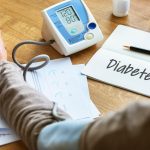
Urban India Sicker than Rural India, says NHFS-5 (2019-21)
Read More
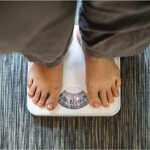
NFHS-5 (2019-21) Finds Indians Have More Health Risk Than Previously Recorded In NFHS-4 (2015-16)
Read More

Structured Blood Glucose Monitoring (BGM) vs. Continuous Glucose Monitoring (CGM) – What Leads to Improved Glucose Control?
Read More

Can a Telemedicine Management System Improve Self-Management and Treatment of Overweight/ Obese T2DM Patients?
Read More
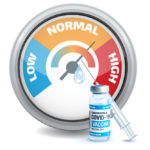
Associations Between Poor Glycemic Control and Breakthrough SARS-CoV-2 Infection
Read More

Are Digital Diabetes Prevention Programs (d-DPPs) Effective in Improving Outcomes in Prediabetics?
Read More

Why Dietary Carbohydrate Restriction is Beneficial for T2DM Patients?
Read More

Is the ‘Plate Model’ an Effective Strategy for Improving Glycemic Control in T2DM Patients?
Read More
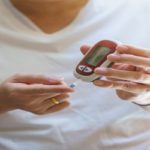
What is the Significance of Glycemic Variability in Diabetes Mellitus?
Read More

Can Foot-Ankle Exercise Intervention Programs Improve Gait Speed in People with Diabetic Neuropathy?
Read More

Is There An Association Between Antidepressant Use and Advanced Diabetes Complications?
Read More

Are Patients with T2DM at a Higher Risk of Experiencing Antibiotic-Resistant Bacterial Infections?
Read More

Can Textured Soybean Protein Consumption Improve Blood Biochemistry in Patients with T2DM?
Read More

Dapagliflozin improves albuminuria in patients with high cardiorenal risk
Read More
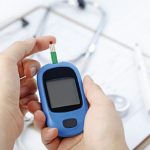
Higher Dose Of Semaglutide Found Safe For Additional Glycemic Control
Read More
